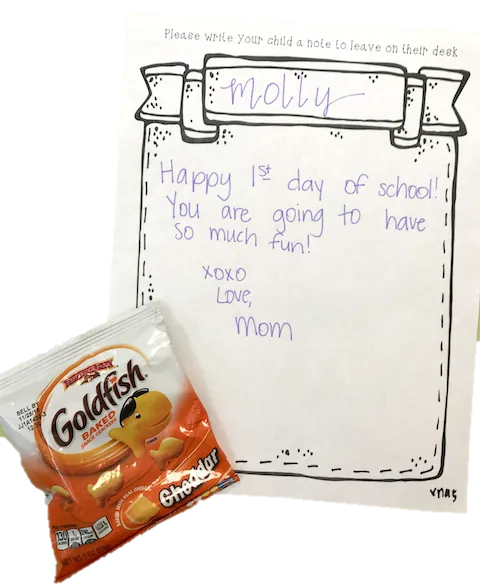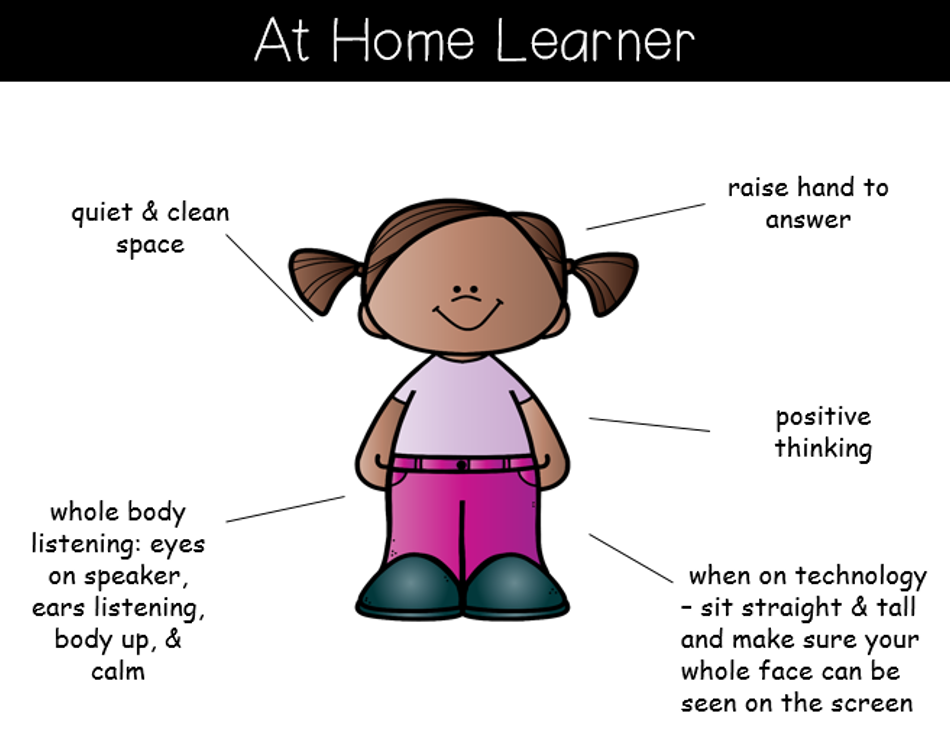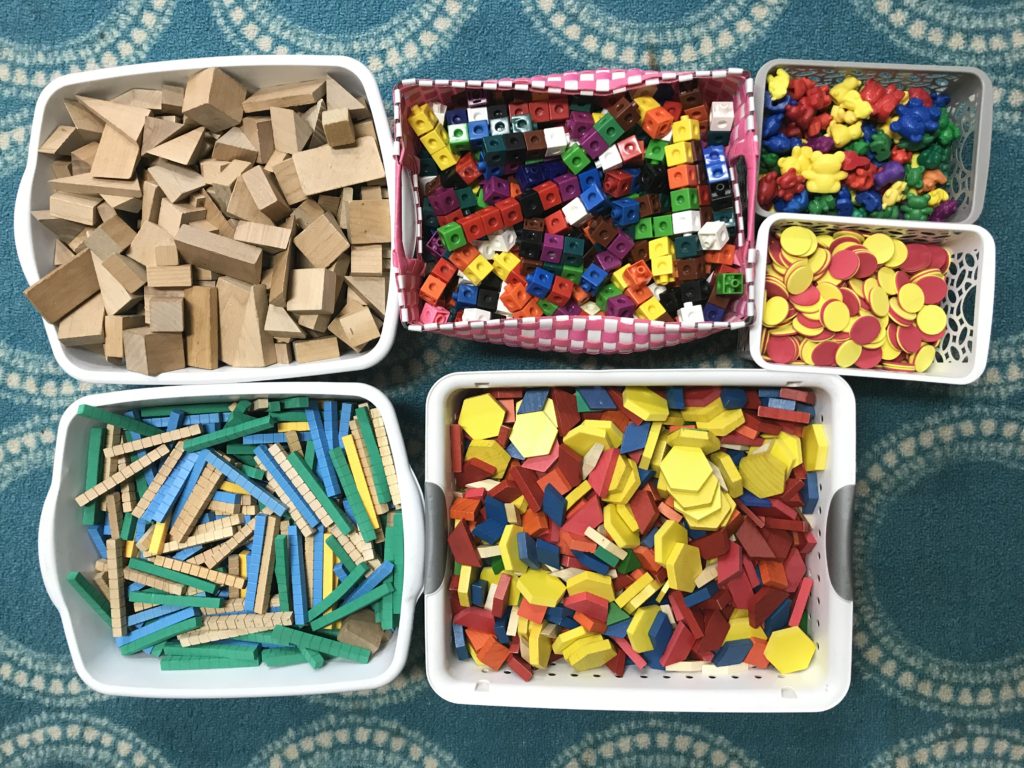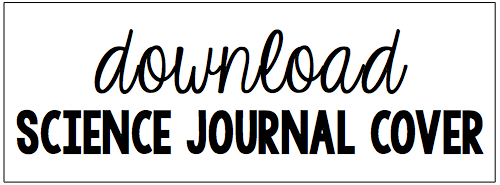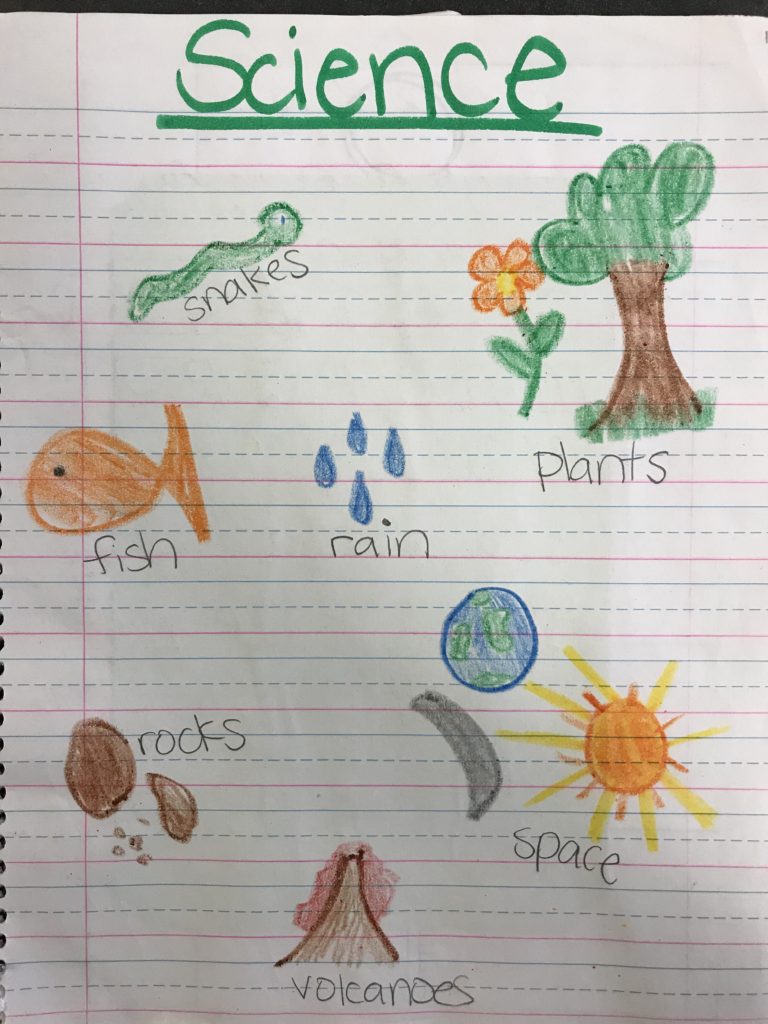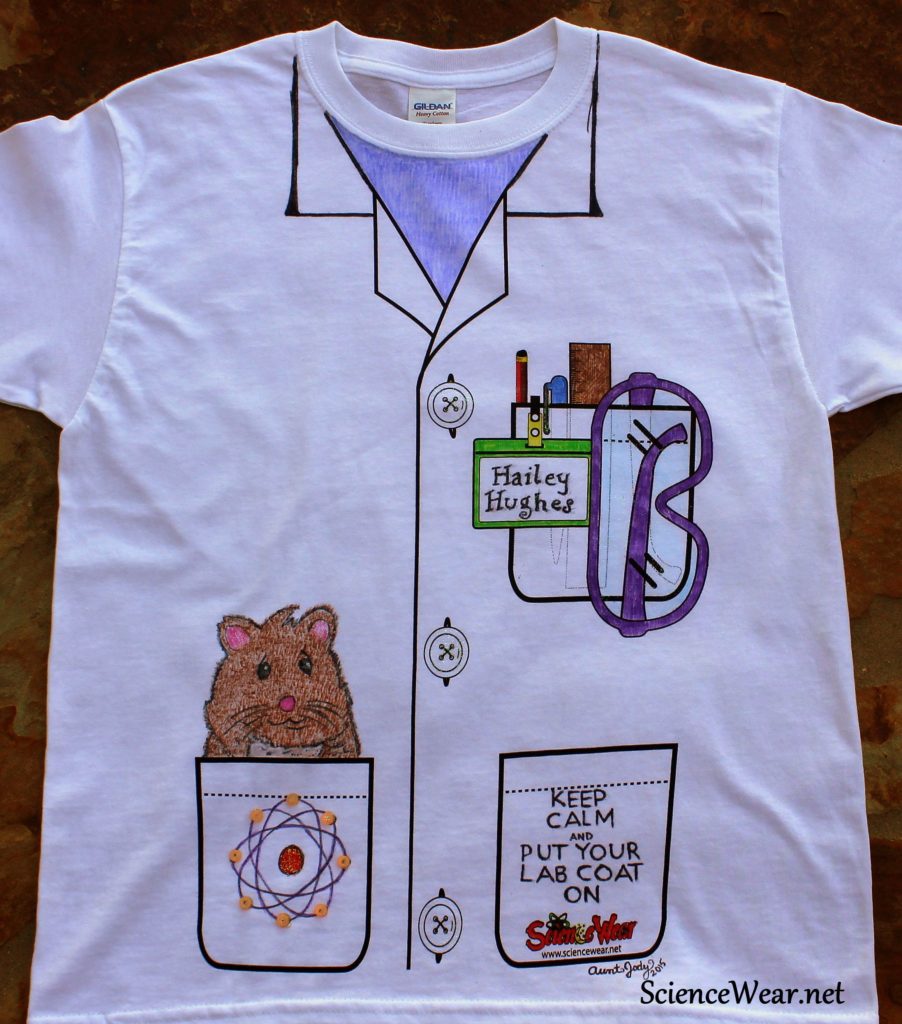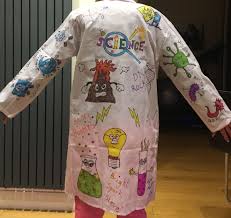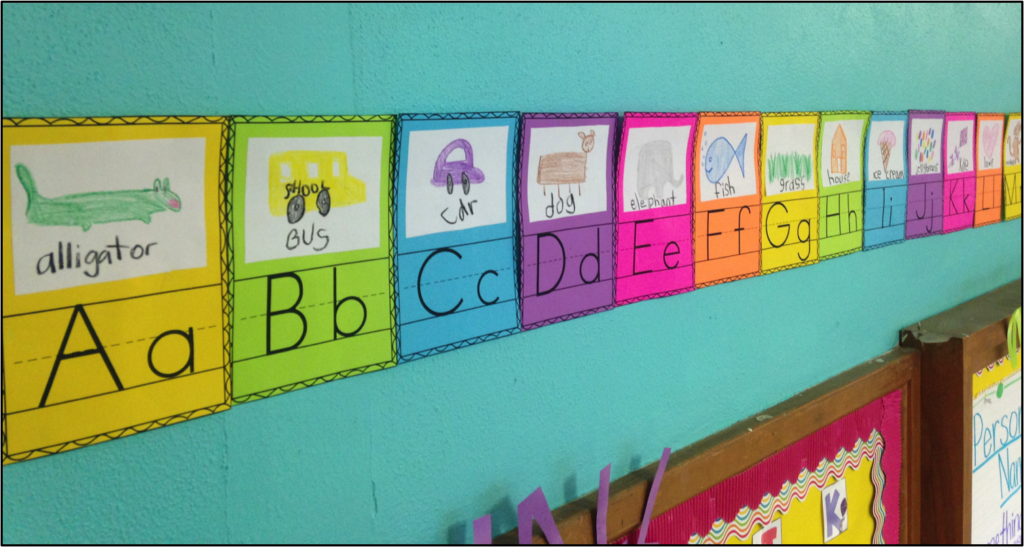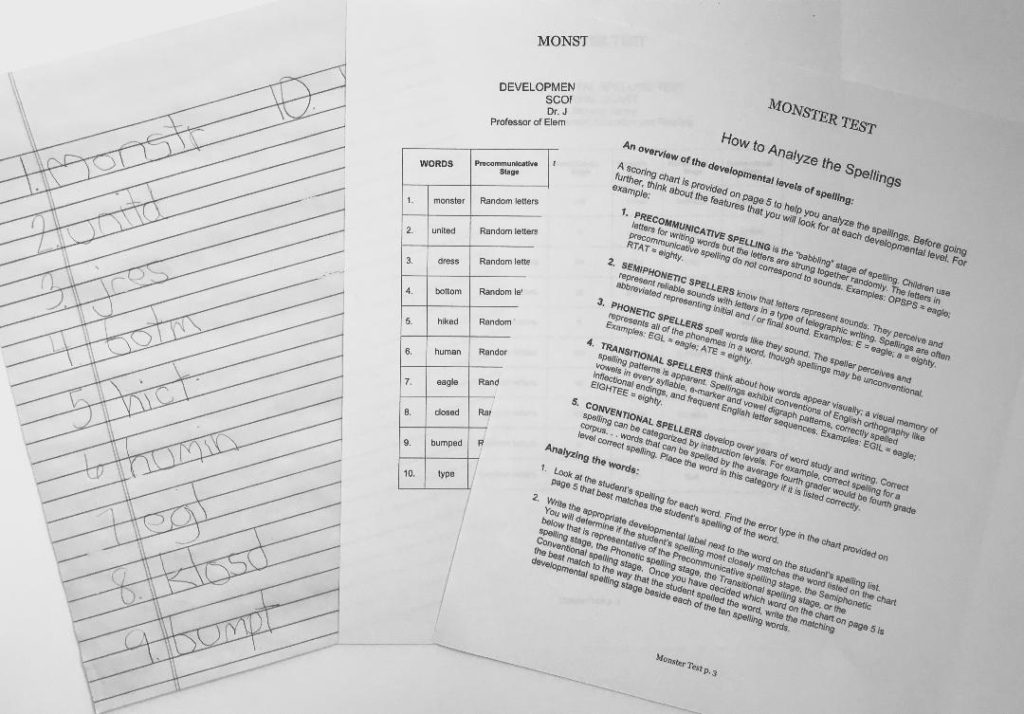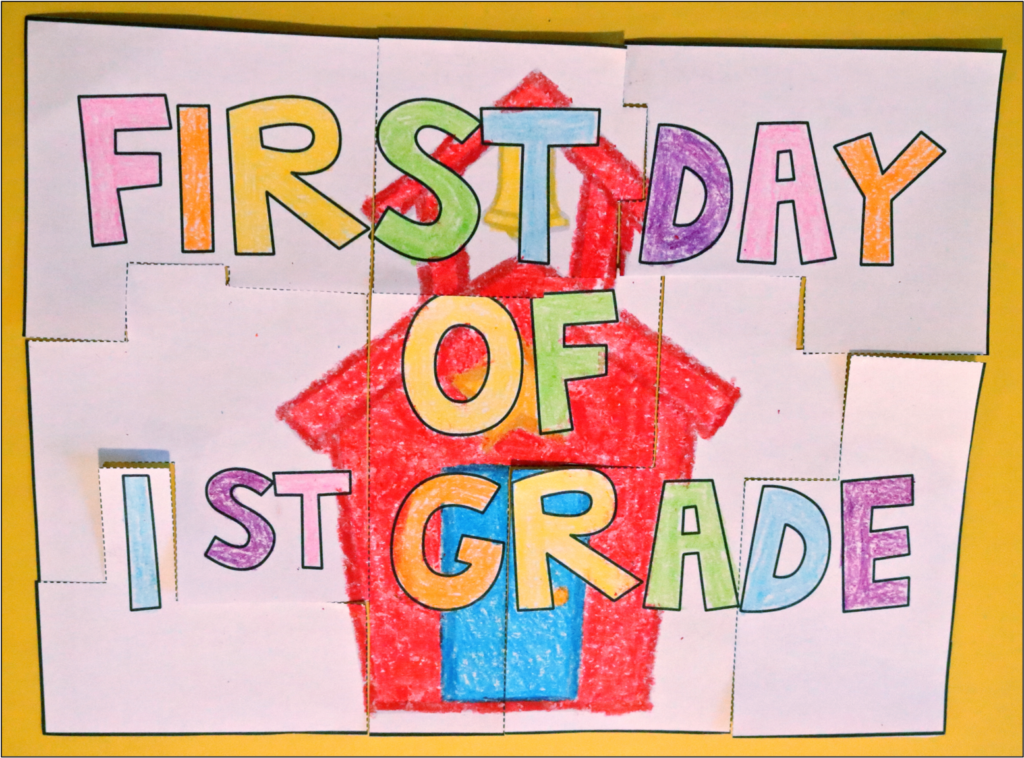Hanging Up Our Summer Memories
a writing, fine motor, & community building activity
9:50-10:15
Learning Pod Suggestion: Transition to carpet for instructions then to work station to do this project.
Note To Parents: This is a beginning of year writing sample from which it can be seen what the student is intrinsically inclined to do. It allows you to see how the student has grown during the year. Truly, it is best to not mention spelling, punctuation or capitals, length of writing, etc. If they only want to write 1 minute, that’s fine! If they want to write more than 10 minutes, that’s great too! Literally just saying “write about what you did this summer” is perfect.
Before they transition to their work station, this is a good time to have a conversation about what they should do when they have finished. Where should they put their work? What can they do afterwards? Their puzzle? An Anything & Everything Journal?Quiet play time with their toys – as long as they promise to quickly & immediately return when called?

